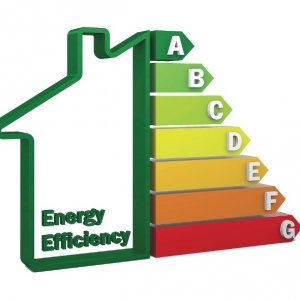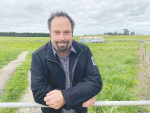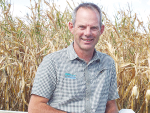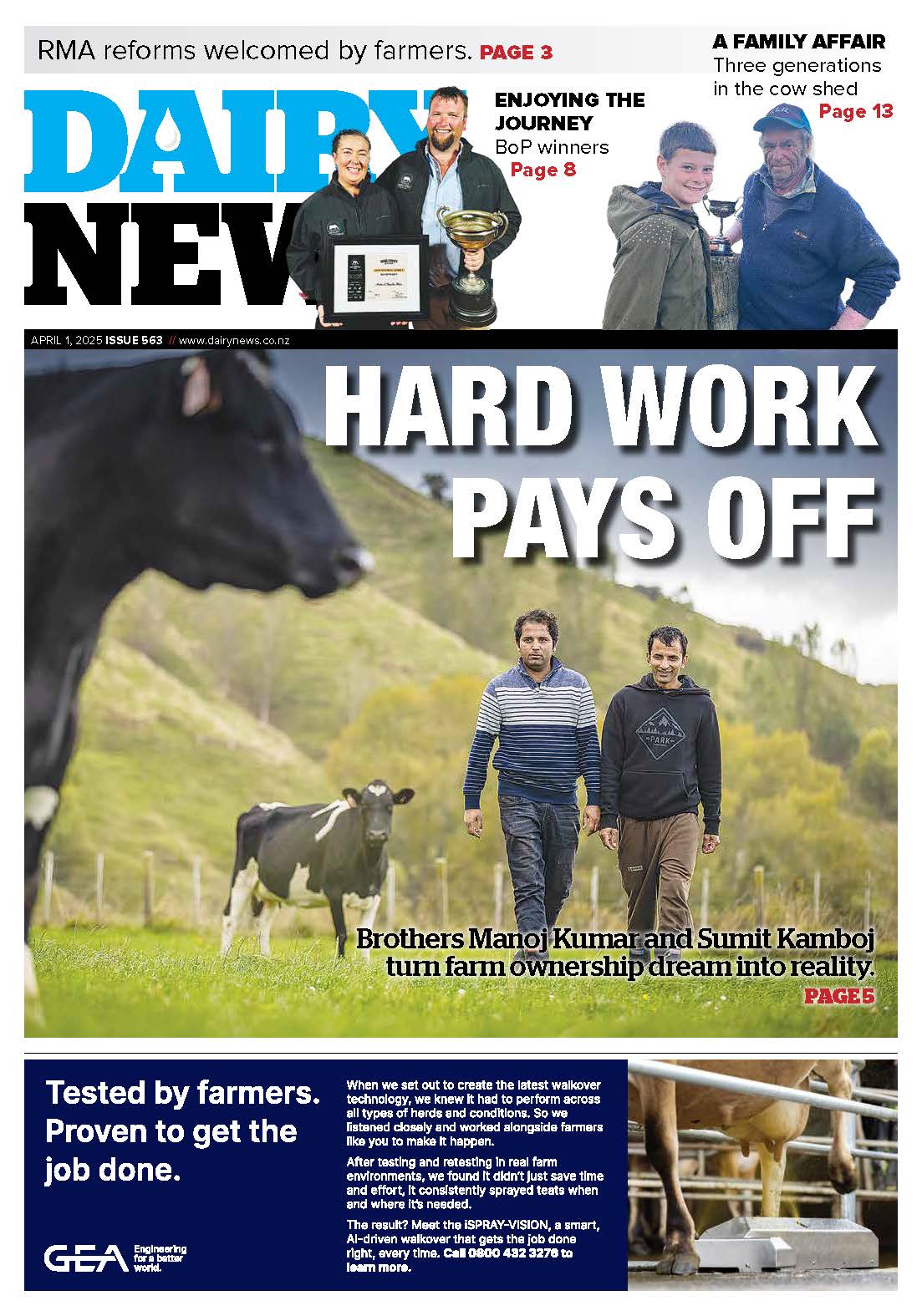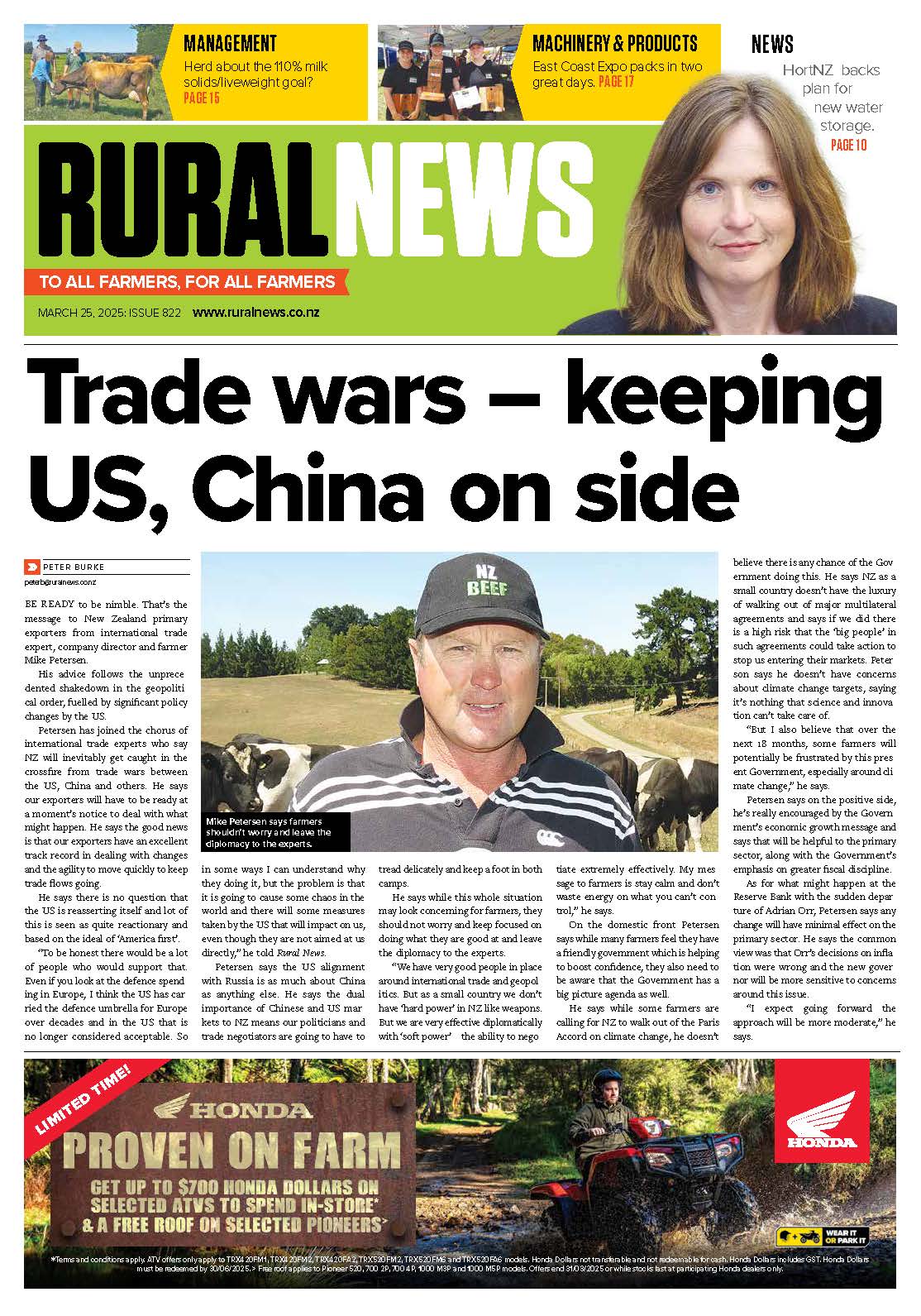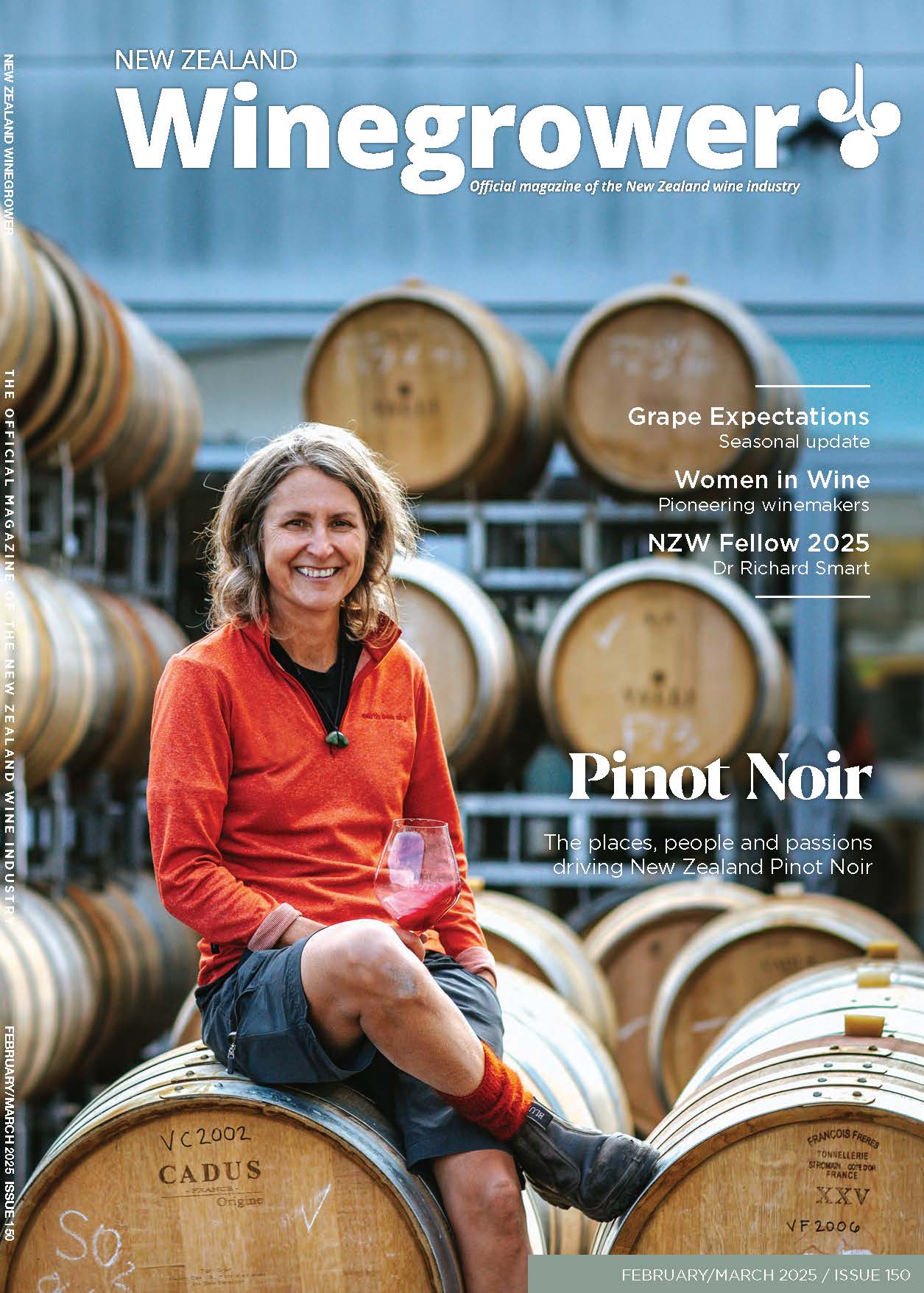The use of benchmarking to improve efficiency (and verify the industry’s environmental credentials for consumers, regulators and policy makers) is essential if New Zealand Wine is to remain a world leader. Improved performance by individual viticulturists and wine makers can best be incentivised by comparing energy, water and agrichemical use between vineyards and wineries that are tightly matched for operation size, variety, region, climate, and soil type. Partnering with The New Zealand Sustainability Dashboard we have taken a whole enterprise approach to monitoring performance, because the individually owned and operated vineyard or winery is considered to be the key site of action for sustainability. This production enterprise focus moves from driving change down through the industry, to bottom up; where it is grounded in the practical realities of making outstanding New Zealand wine in a sustainable way.
Sustainability was a central theme at the Romeo Bragato conference this year. Fabian Yukich talked about losing our competitive edge if we simply keep on doing what we’ve been doing. He said that New Zealand is simply too small to be anything other than world
Empowering Sustainable Winegrowing New Zealand members to make informed decisions, by providing them with benchmarking reports to better understand their performance and linking this to tools for improvement, helps keep New Zealand Wine out in front. Speaking recently with Braden from Borthwick Winery, he shared how being able see that within their winery size category they had above average water use, put some impetus into getting the system sorted. Consequently they drove water use down from over 5 to around 3 L/Lwine. They did this through a range of measures including a new filter system, recycling clean water, high pressure low flow nozzles, but possibly the biggest impact was from being more conscious of water use and simply trying to use less. Braden pointed out however that the reality check is acknowledging that one of their biggest issues is fluctuations in crop loads. This highlights that rather than getting hung up on a single season’s result the two key benefits from benchmarking is its ability to turn the spotlight onto an issue and to track progress over several years.
The development of a web-based sustainability learning tool for the wine industry, has initially focused on three resource use inputs; energy, water and agrichemicals. These were chosen as a comprehensive set of data already existed, allowing for early adoption and lessons to be learned based on actual grower and winery performance. Feeding this information back to individual members in a meaningful way was essential to achieve the industry’s sustainability goals, and enhance the value of Sustainable Winegrowing New Zealand to it members.
Historically, various national reports have been prepared that some companies have benchmarked their own performance against. We have flipped this on its head by generating 1950 individualised vineyard water use reports, 13,600 agrichemical reports (8 reports per vineyard) and 360 winery reports benchmarking energy and water use. These reports have then formed the basis to aggregate up to national level reports.
By now I am hoping that most will have seen at least some of the individualised reporting that is being created from the annual Sustainable Winegrowing New Zealand Scorecards and electronic spray diaries. One page winery energy and water use reports, and vineyard water use have been emailed to members for the past few years. This year agrichemical use reports have been developed, with the 2012/13 season currently being sent out.
The introduction of WiSE has allowed us to analyse the data in a timelier manner, so expect to see the 2013/14 benchmarking reports shortly. Ultimately we expect to deliver in-season reporting that will take the benchmarking from providing a useful end of season review to a point where they feed into the decisions that need to be made throughout the season.
To date individualised reports are sent out predominantly as a single page pdf attached to an email. The recently launched WiSE (Wine industry Sustainability Engine), will provide real time reporting. While all of the current reports are based on a complete season, in-season reporting is being investigated for water and agrichemical use. Ultimately these reports will be overlaid with soil and climate data, and disease prediction models.
To ensure relevance and engagement, benchmarking is tuned using vineyard regional data and winery size bands. Even within these tuned benchmarks there are opportunities for further refinement to make fair and sensible comparisons. If there is the perception that the playing field isn’t level, then results and potential learnings can be too easily dismissed as irrelevant.
To deliver relevant benchmarks in an engaging way a number of techniques are used, including the use of infographics to add interest and make the information easily digested.
The shift in members’ perception of the scorecard from being a compliance requirement to a management and reporting tool can be seen in the increased participation rate of voluntary scorecard questions.
Vineyards reporting fuel and electricity use lifted from 40% to 51% between 2010/11 and 2012/13. Irrigation reporting went from 79% to 89%, and winery energy use reporting went from 78% to 87% participation over the same period.
Vineyard Energy, Water and Agrichemical Use
The reports continue to evolve. There have been problems with collecting comparable vineyard energy use; consequently these reports have been put on hold while we work this problem out. Likewise we hope to further tune the irrigation use reports to reflect different soil types within a region.
It is the agrichemical use reports which have had the greatest focus recently. It is an area that all vineyards pour a considerable amount of effort into and one that environmental groups and consumers alike frequently raise as issues.
Eight individualised reports have been prepared that have different themes including the number of herbicide, fungicide or insecticide applications, the quantity of sulphur applied, the timing of powdery mildew applications, water rates, and the impact of row spacing.
Winery Energy Use
While questions remain over vineyard energy and water use benchmarks, these are key performance indicators for wineries. Fortunately the results are considerably more robust. There is a clear correlation between energy use and winery size. Consequently benchmarks are prepared for four winery size bands.
As the dashboard reports are aimed specifically at the operators, the most critical component is answering the question of “how does this affect me?” Where flags are raised, members are directed to further learning resources, from factsheets to workshop video presentations.
Winery Water Use
Like energy, average water use per litre of wine decreases with winery size. However there is an enormous amount of variation. This either represents good opportunities for savings, or the need for improved monitoring systems. Read about Borthwick Winery’s experience above.
Like the energy reports, wineries see their performance against same size winery benchmarks and the distribution of performances against their current and previous results. Links are provided to various learning resources.
Conclusions
While it is important to understand the overall industry picture in terms of resource use performance, this often does not drive change. Sustainable Winegrowing New Zealand is delivering individualised vineyard and winery reports that display and track their performance against tuned regional and operation sized benchmarks. These short infographic-based reports flag issues, and connect Sustainable Winegrowing New Zealand members to learning and management resources.
Acknowledgements
The New Zealand Sustainability Dashboard Project is funded by NZ’s Ministry of Business, Innovation, and Employment as well as several New Zealand Primary Industry groups.





